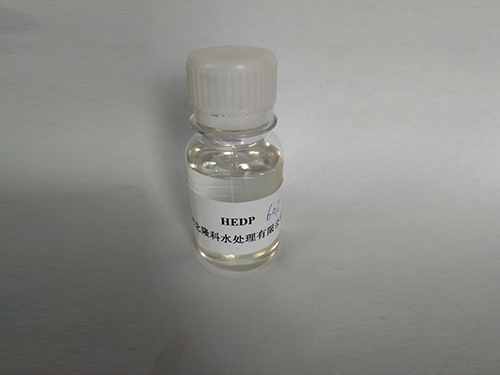Exploring the Applications and Benefits of Poly Aluminum Chloride in Water Treatment Processes
Poly Aluminum Chloride An Overview
Poly Aluminum Chloride (PAC) is a high-performance coagulant extensively used in water treatment processes. It is a water-soluble inorganic polymer that consists of aluminum ions, which are essential for the coagulation and flocculation processes. PAC has gained popularity over traditional coagulants like alum due to its effectiveness at lower concentrations and its ability to work efficiently across a wide range of pH levels.
The chemical structure of PAC includes multiple aluminum ions bridged together by hydroxyl and chloride groups. This unique configuration allows PAC to carry a higher charge density compared to traditional aluminum-based coagulants. Consequently, PAC can effectively neutralize the charges of suspended particles in water, facilitating their aggregation into larger flocs that can be removed more easily during the sedimentation process.
Poly Aluminum Chloride An Overview
In addition to its efficacy, PAC is also favored for its environmental safety profile. It produces less sludge compared to conventional coagulants, thereby reducing the burden on sludge disposal and management systems. Lower sludge production not only leads to cost savings but also minimizes the environmental impact associated with sludge disposal. Moreover, the use of PAC has been associated with lower concentrations of residual aluminum in treated water, making it a more favorable option for complying with water quality regulations.
poly aluminum chloride

PAC is versatile and can be employed in various applications beyond municipal water treatment. It is extensively used in the treatment of industrial wastewater, pulp and paper manufacturing, textile dyeing, and even in the food industry for processes such as beverage clarification. Its ability to efficiently remove turbidity, color, and organic matter makes it an invaluable agent across these sectors.
The usage of PAC is not without its challenges, however. The optimal conditions for PAC application depend on factors such as water temperature, turbidity levels, and pH, necessitating careful monitoring and adjustment during treatment. Additionally, while PAC is generally considered safe, the long-term effects of aluminum ingestion on human health are still a subject of ongoing research, warranting caution in its use.
In terms of procurement, PAC is available in various forms, including liquid and powder. The choice between these forms typically depends on the specific requirements of the treatment process, the existing infrastructure, and the desired application method. Liquid PAC is often preferred for large-scale applications due to its ease of use, while powdered versions may be more suitable for smaller or more controlled settings.
In conclusion, Poly Aluminum Chloride stands out as a highly effective coagulant in water treatment applications. Its superior performance, environmental benefits, and versatility have made it a popular choice for municipalities and industries alike. As the demand for sustainable water treatment solutions continues to grow, PAC's role in ensuring clean and safe water will likely expand, paving the way for more innovative applications in the future. With proper implementation and ongoing research, PAC can be a cornerstone in achieving effective water quality management in various industries.
-
Understanding Polycarboxylic Acids: Properties, Applications, and Future PotentialNewsJul.28,2025
-
Scale Inhibitor Explained: How to Protect Your System from Limescale and Hard Water DamageNewsJul.28,2025
-
Scale and Corrosion Inhibitors: Essential Chemicals for Industrial Water System ProtectionNewsJul.28,2025
-
Polyaspartic Acid: A Biodegradable Polymer for Sustainable ChemistryNewsJul.28,2025
-
Isothiazolinones: A Versatile Antimicrobial Class with Industrial Power and Regulatory ChallengesNewsJul.28,2025
-
A Deep Dive into 2-Phosphonobutane-1,2,4-Tricarboxylic Acid (PBTC)NewsJul.28,2025





